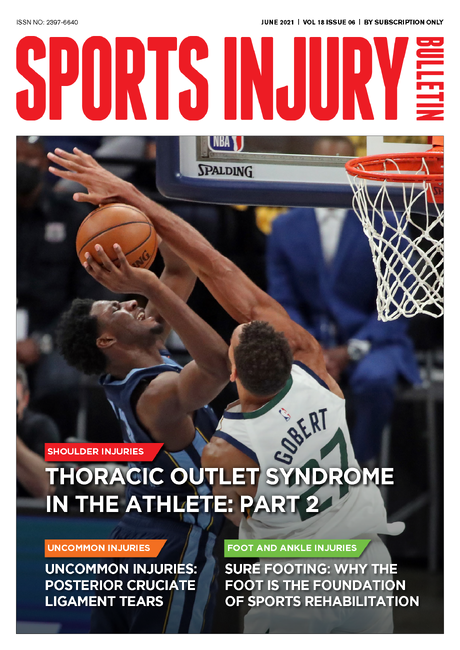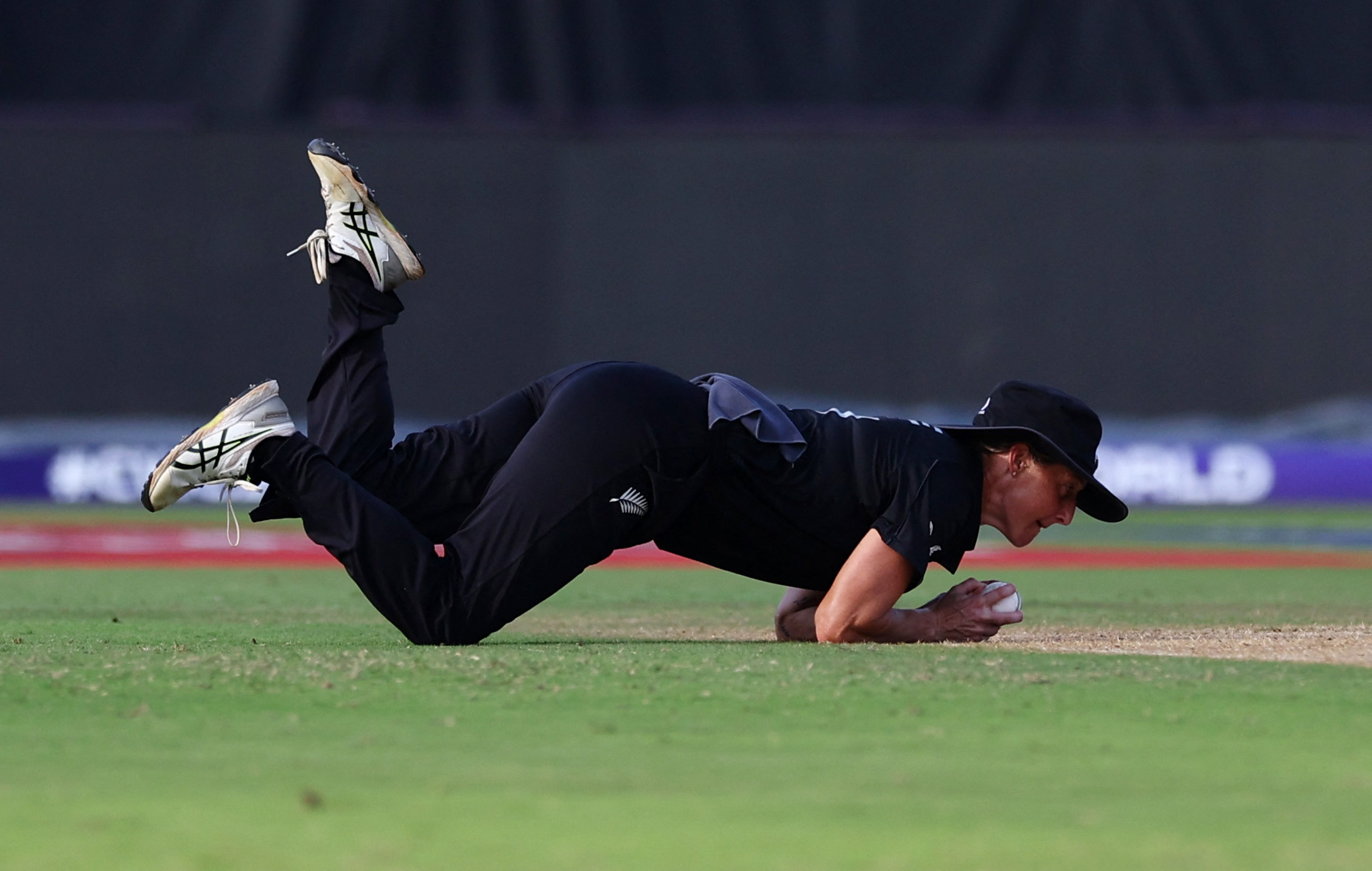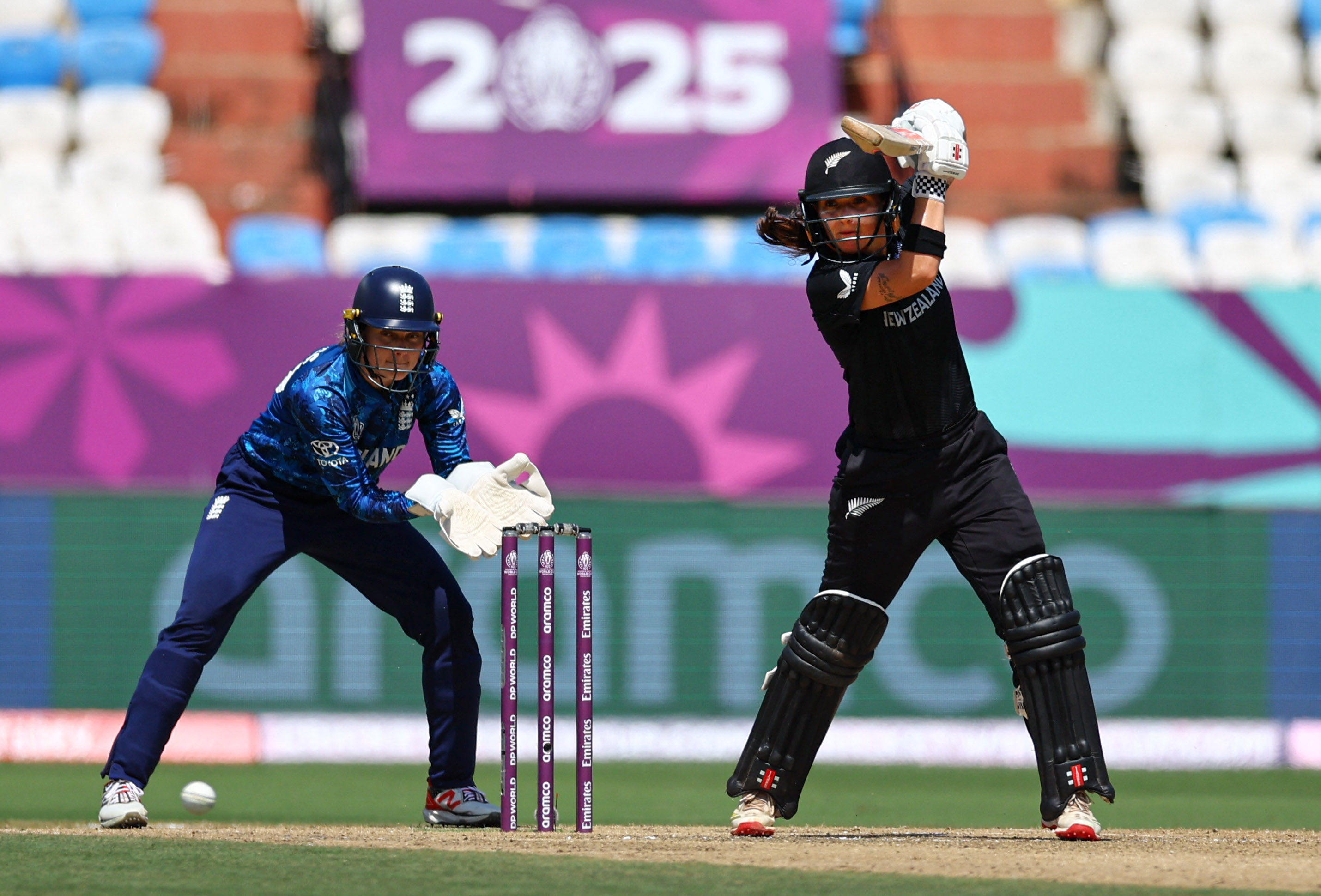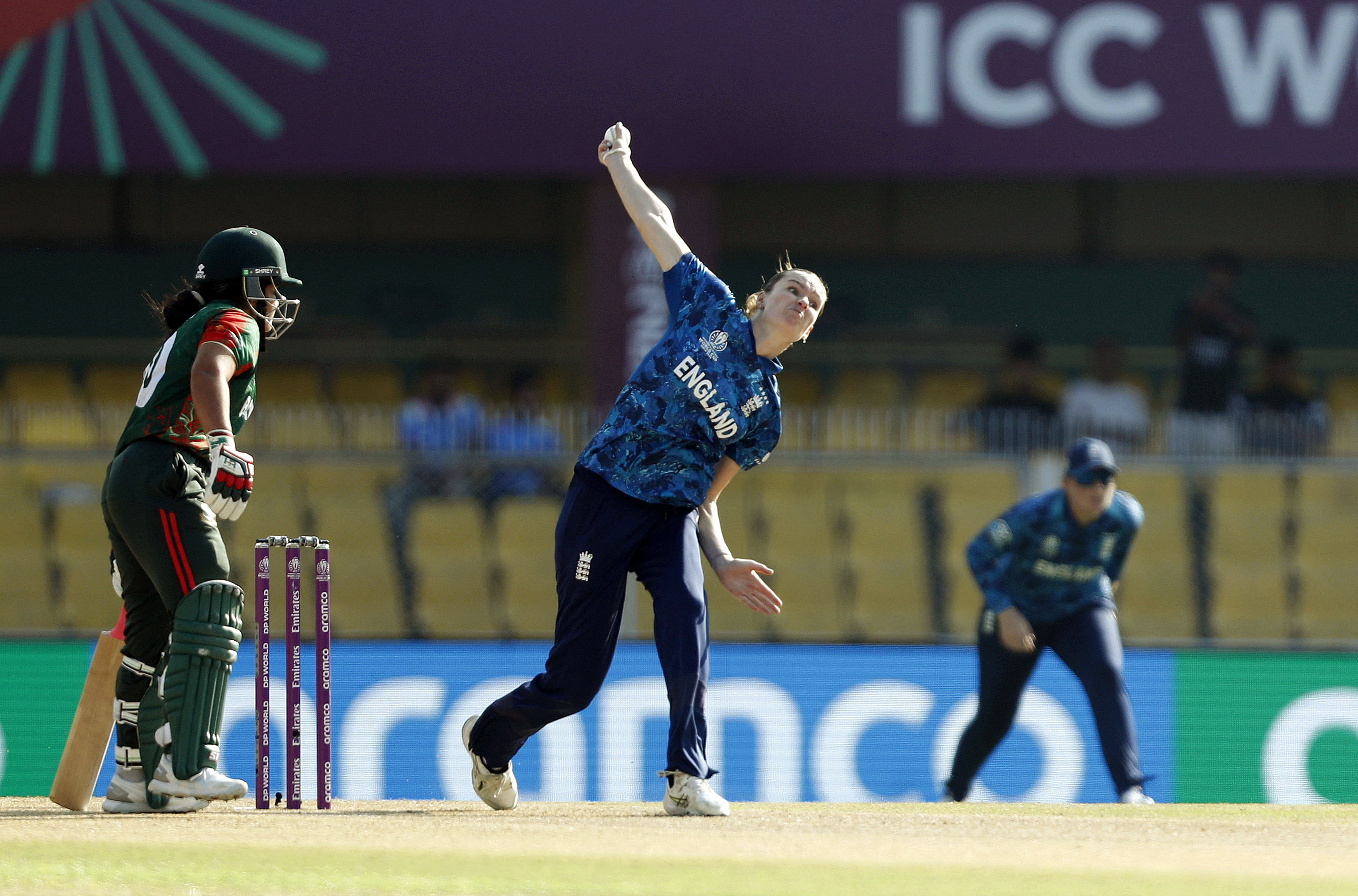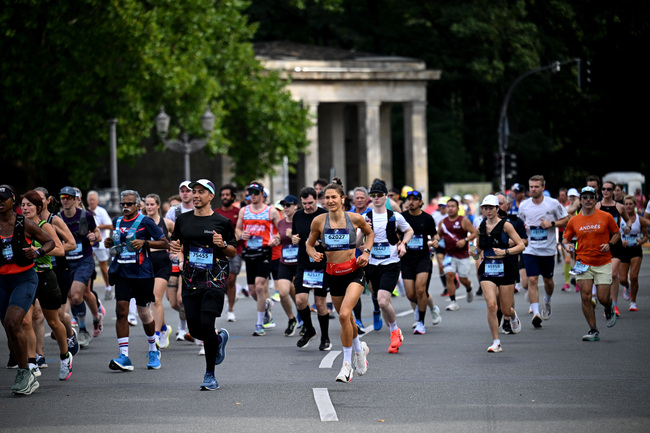Recovery in Cricket: Building the Foundations
George Dunlop explores the principles of recovery in cricket, focusing on the interplay between load management, biomechanics, and tissue capacity, while offering practical strategies for players and coaches.
Cricket - One Day International - Australia v India - Sydney Cricket Ground, Sydney, Australia - Australia’s Matthew Short in action REUTERS/Hollie Adam
In the evolving physiological and psychological demands of team sports, recovery is no longer a luxury; it is a necessity(1,2). In cricket, where matches can stretch across hours or even days, and where players perform repeated explosive actions such as sprinting, bowling, or batting under physical and mental pressure, recovery becomes the cornerstone of sustained performance(3).
The Demands of Cricket
Cricket is unique in its demands. It requires athletes to spend prolonged time on their feet, engage in repeated high-intensity efforts, and maintain sharp mental focus. Most cricket injuries are overuse injuries that develop when workloads exceed the body’s capacity(4). There is therefore a strong relationship between cricket injuries and high workloads(4). Insufficient recovery is one of the most significant training-related factors contributing to negative outcomes such as athlete burnout, overtraining syndrome, and an increased risk of illness or injury(3).
Understanding Recovery
Recovery is a multifaceted term that includes both psychological and physiological processes(3). Its purpose is to restore balance between bouts of exercise or stress and enable adaptation. When athletes manage recovery effectively, it transforms higher workloads from potential risk into a stimulus for resilience and performance growth.
The autonomic nervous system (ANS) is central to recovery, balancing the sympathetic system (“fight or flight”) with the parasympathetic system (“rest and digest”)(5). After training, shifting into parasympathetic mode lowers heart rate, reduces blood pressure, and promotes digestion and relaxation, all key for effective recovery(5). Deep breathing, meditation, or cold-water immersion stimulates the vagus nerve, which drives the parasympathetic system. This helps athletes restore balance and optimize performance. At the musculoskeletal level, exercise creates tiny tears in muscle fibers, which trigger inflammation, deplete energy stores, and cause fluid loss(6). An optimal recovery supports the process that repairs these fibers, eases soreness, and restores glycogen, ultimately building stronger and more resilient muscles(6).
“Recovery is a multifaceted term that includes both psychological and physiological processes.”
You need to be logged in to continue reading.
Please register for limited access or take a 30-day risk-free trial of Sports Injury Bulletin to experience the full benefits of a subscription. TAKE A RISK-FREE TRIAL
TAKE A RISK-FREE TRIAL
Newsletter Sign Up
Subscriber Testimonials
Dr. Alexandra Fandetti-Robin, Back & Body Chiropractic
Elspeth Cowell MSCh DpodM SRCh HCPC reg
William Hunter, Nuffield Health
Newsletter Sign Up
Coaches Testimonials
Dr. Alexandra Fandetti-Robin, Back & Body Chiropractic
Elspeth Cowell MSCh DpodM SRCh HCPC reg
William Hunter, Nuffield Health
Be at the leading edge of sports injury management
Our international team of qualified experts (see above) spend hours poring over scores of technical journals and medical papers that even the most interested professionals don't have time to read.
For 17 years, we've helped hard-working physiotherapists and sports professionals like you, overwhelmed by the vast amount of new research, bring science to their treatment. Sports Injury Bulletin is the ideal resource for practitioners too busy to cull through all the monthly journals to find meaningful and applicable studies.
*includes 3 coaching manuals
Get Inspired
All the latest techniques and approaches
Sports Injury Bulletin brings together a worldwide panel of experts – including physiotherapists, doctors, researchers and sports scientists. Together we deliver everything you need to help your clients avoid – or recover as quickly as possible from – injuries.
We strip away the scientific jargon and deliver you easy-to-follow training exercises, nutrition tips, psychological strategies and recovery programmes and exercises in plain English.

